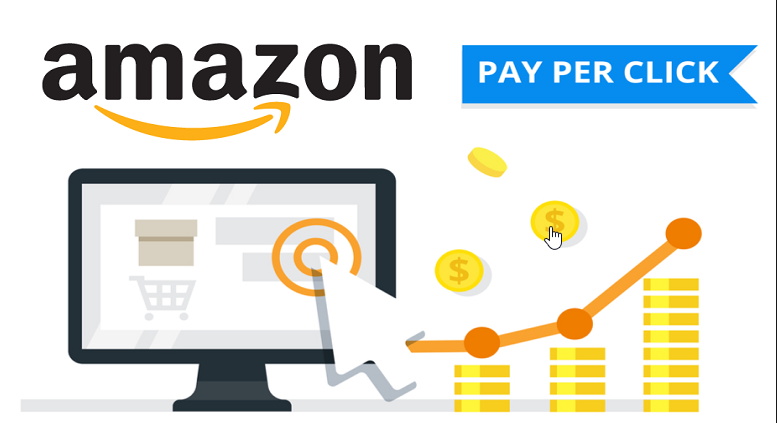
After Listing Optimization: How to Launch Your Product with Amazon PPC
So, your Amazon product listing is live. You’ve written the perfect title, polished the bullet points, uploaded sharp images, and added all the right keywords.Fantastic work!
Launching your product using Amazon PPC (Pay-Per-Click) is an important phase which often defines successful sellers from those who struggle.
Without overloading you with technical terms, we’ll explain why Amazon PPC is your best friend after listing optimization, how to set it up, what mistakes to avoid, and how to track performance.Whether you’re a first-time seller or refreshing your launch process, this post will help you start strong.
Why Amazon PPC is Essential After Listing Optimization
Amazon is a search engine, and like Google, it rewards relevance and sales. After your product goes live, Amazon has no idea how good your product is — until you send traffic to it and generate sales.
That’s where Amazon PPC comes in.
With PPC, you’re paying to have your product appear in front of relevant shoppers when they search. It’s the fastest way to:
Get immediate visibility
Start generating sales
Collect real keyword data
Improve organic rankings
Launching without PPC is like opening a shop in the desert and hoping someone passes by. Launching with PPC is like putting your store in the middle of a busy mall.
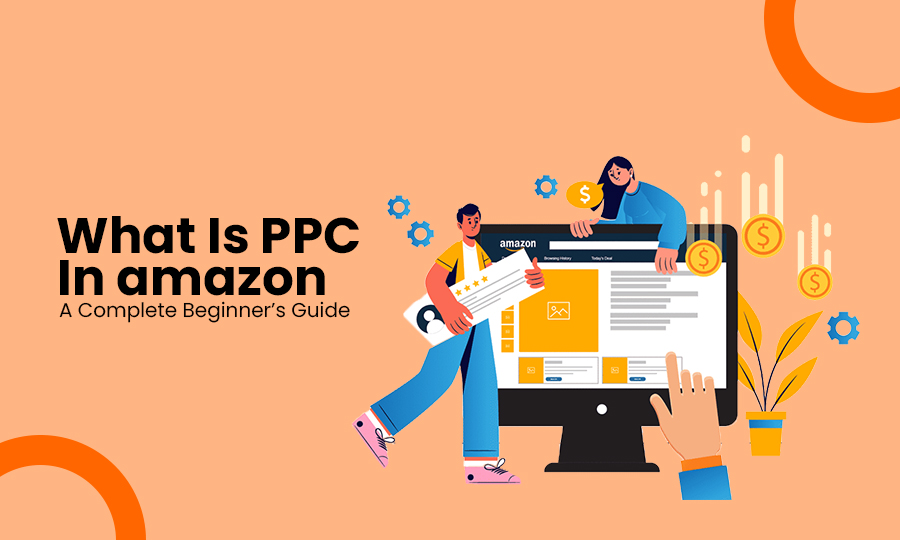
Step-by-Step Guide to Launching with Amazon PPC
Start with an Auto Campaign
If this is your first launch, begin with a Sponsored Products Automatic Campaign.
Why?
Amazon chooses keywords and placements
You learn which terms buyers are actually using
You collect valuable data for manual campaigns later
Setup Tips:
“Product Launch Auto – [Product Name]” is the campaign name.
Start with a daily budget of $10 to $20 and make adjustments later.
Bidding strategy: Dynamic bids – down only (for control)
Targeting: Select “Automatic”
Default bid: $0.50–$0.80 (or your niche average)
Let the campaign run for 5–7 days before analyzing data.
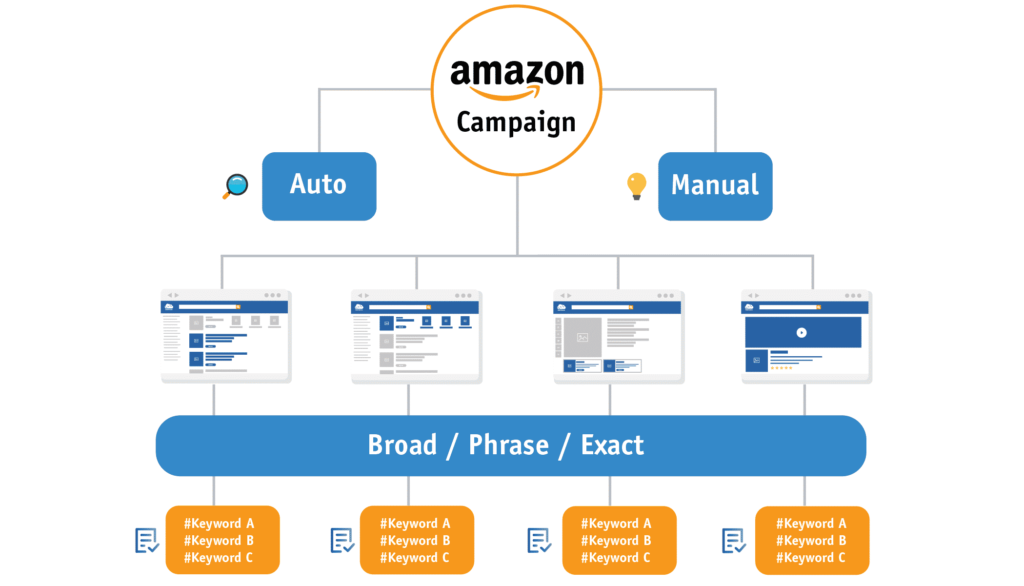
Launch a Manual Campaign (Using Auto Data)
Once you have data from your auto campaign, move to a Manual Sponsored Products Campaign. Here, you control the keywords and bids.
Split it into 3 match types:
Broad Match: Good for exploring keyword variations
Phrase Match: Targets search terms with more control
Exact Match: Best for keywords that convert well
Where to find keywords?
From your auto campaign search term report
Helium 10, Jungle Scout, or Amazon keyword tools
Competitor listings
Start with 10–20 keywords per match type. Adjust bids based on click and conversion data.
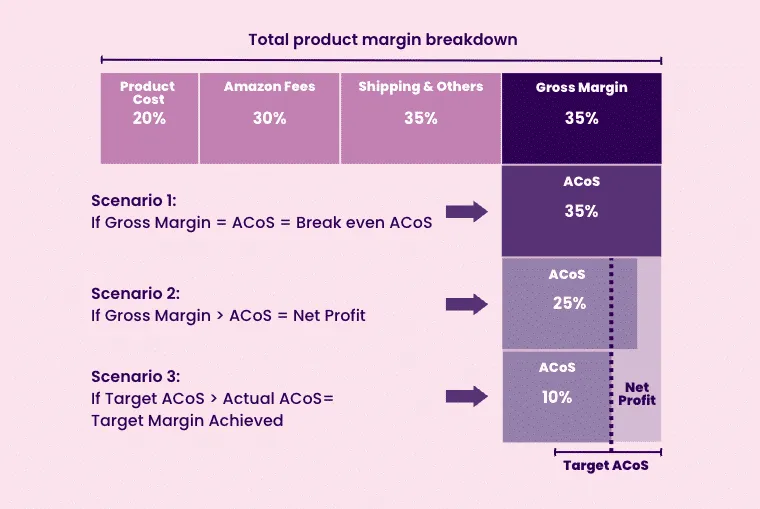

Track Your ACOS and Optimize
ACOS (Advertising Cost of Sale) = Ad Spend ÷ Sales from ads
Your target ACOS depends on your profit margin. New sellers often accept a higher ACOS (50–100%) during launch to build momentum.
Watch for:
High-click, no-sale keywords → pause or lower bids
High-converting keywords → raise bids or move to exact match
Irrelevant search terms → add as negative keywords
Use Amazon’s Search Term Report weekly to analyze performance.
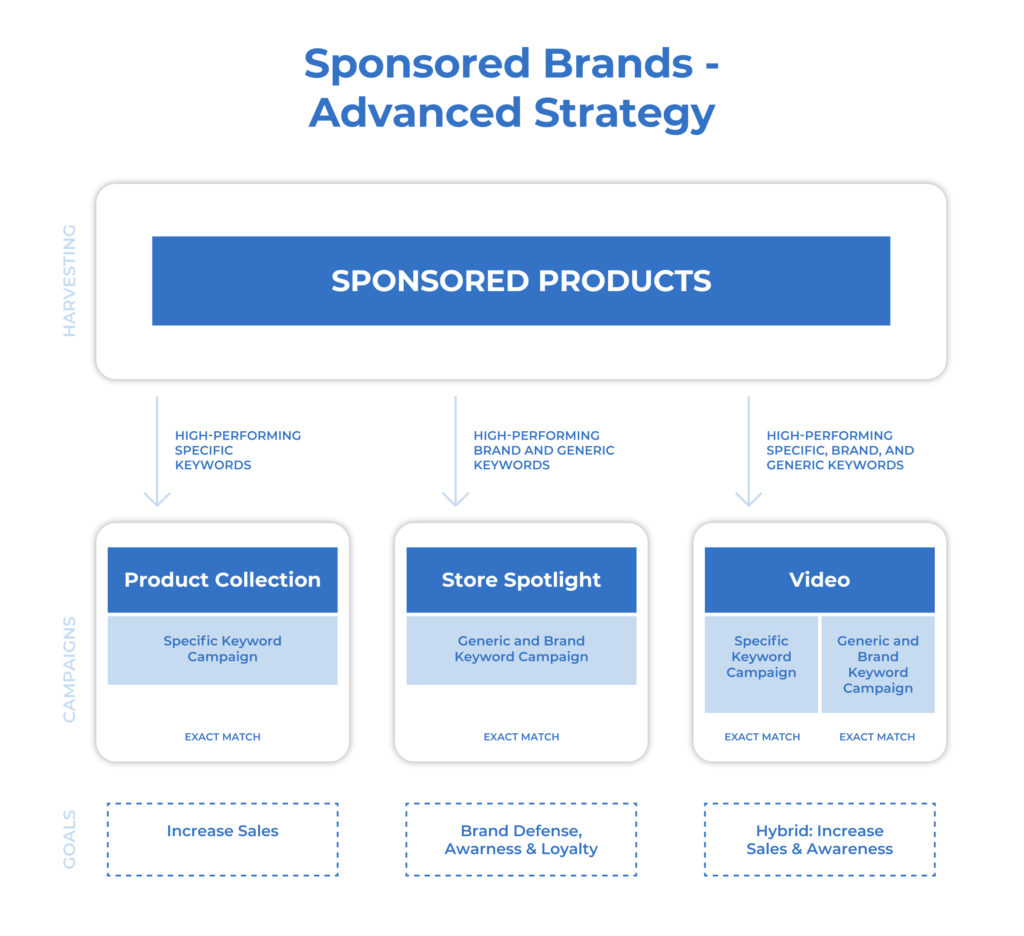
Layer in Sponsored Brands (If Eligible)
Once you’re brand registered, unlock Sponsored Brands Ads:
Display a custom headline, logo, and multiple products
Appear at the top of search results
Great for brand awareness and cross-selling
Use this after Sponsored Products start performing consistently.
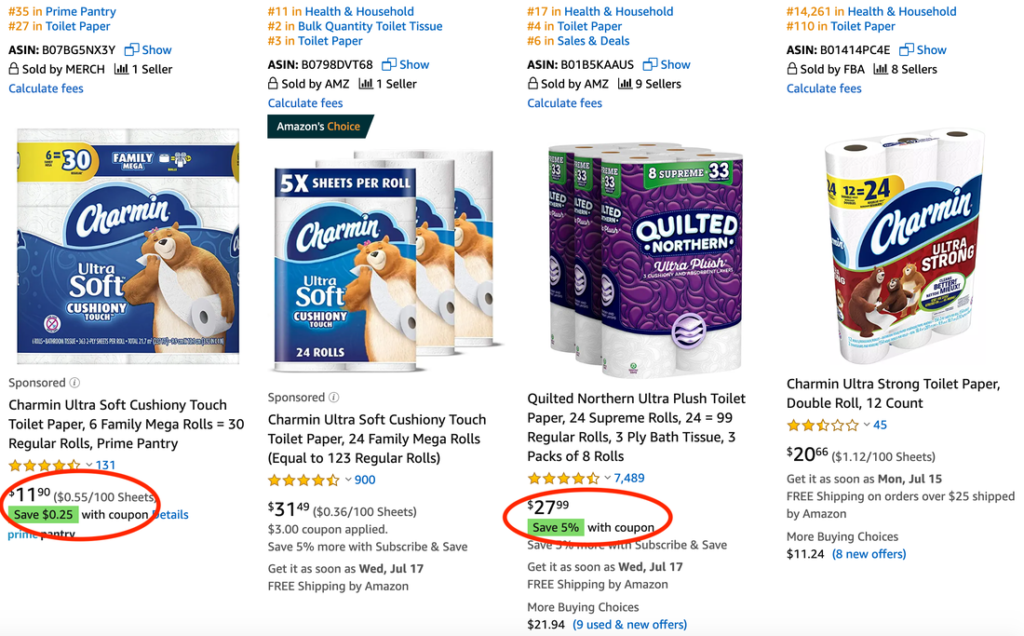
Combine With Coupons or Discounts
Amazon loves momentum. To encourage clicks and conversions:
Add a coupon ($1–$5 off)
Use a limited-time promotion
Highlight benefits in your main image or bullets
This increases your Click-Through Rate (CTR) and makes your ad more appealing.
Tools That Help Monitor Your PPC Launch
Here are a few tools that make life easier:
Amazon Advertising Console – Official dashboard
Helium 10 Ads Tool – Deep keyword and performance insights
PPC Entourage / Adtomic – Advanced automation and scaling
Google Sheets – For manual tracking if on a budget
Even if you’re not using paid tools, Amazon’s data alone is enough to start, as long as you check it regularly.
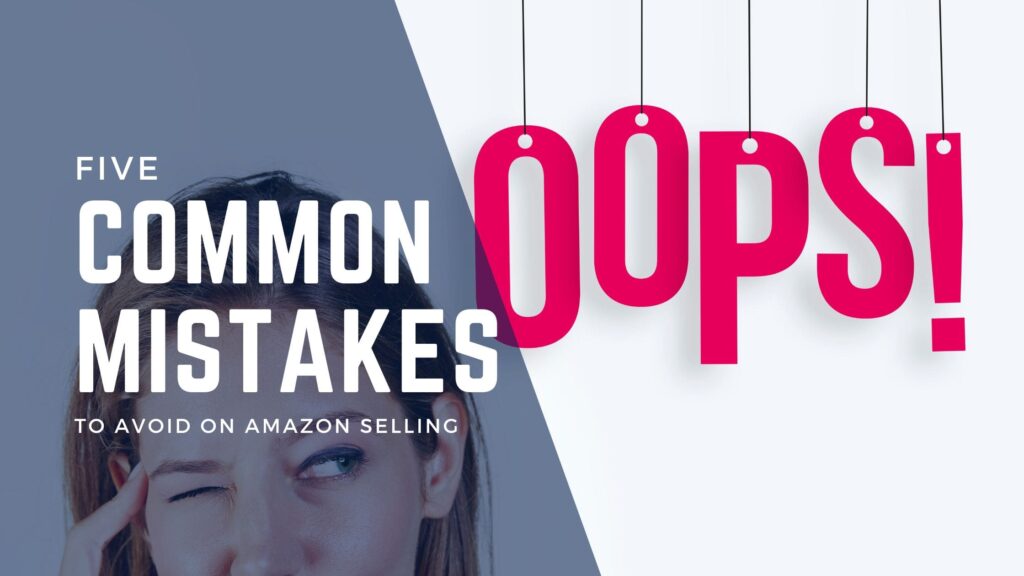
Common Mistakes to Avoid
- Launching without research
Setting it and forgetting it
Using too many broad keywords
Ignoring poor-performing terms
- Expecting profit right away — the goal is data and ranking
What Success Looks Like
In the first 2–3 weeks of PPC:
You’re getting impressions and clicks
A few keywords start converting
You can identify your top-performing terms
Organic ranking begins improving
Remember: you’re buying data and training Amazon’s algorithm. Profit can come later — visibility is the goal during launch.
Final remarks
Amazon PPC is what draws people to your show, while Amazon listing optimization creates the backdrop.
Using PPC to launch your product doesn’t have to be costly or difficult. You can get the information and momentum your listing needs to begin moving up the ranks with a clever setup, regular tracking, and a willingness to try new things.
This initial step following listing optimization is crucial if you’re serious about expanding on Amazon.
FAQs
Amazon PPC (Pay-Per-Click) is Amazon's advertising platform that allows sellers to promote their products directly within Amazon's search results and product pages. You only pay when a shopper clicks on your ad. It helps drive traffic, improve visibility, and boost sales for both new and established products.
Amazon PPC ads show your products to customers based on relevant keywords. You bid on these keywords, and your ads appear when shoppers search for related items. If they click your ad, you pay a small fee. These ads help increase product visibility and sales, especially during product launches or competitive seasons.
Amazon PPC management involves creating, monitoring, and optimizing ad campaigns to maximize return on investment. It includes keyword research, bid adjustments, campaign structure optimization, negative keyword implementation, and performance analysis — all designed to reduce wasted spend and improve profitability.
Start with $10–$20 per day. This gives you enough data without overspending. You can scale as you see results.
Let auto campaigns run for at least 7 days before evaluating. Manual campaigns can be ongoing, with weekly optimizations.
Technically yes, but your visibility will be very low. PPC gives you a head start in a competitive marketplace.
High ACOS is normal at launch. Focus on gathering keyword data. As your listing converts better, ACOS typically decreases.
You can begin with Amazon’s built-in tools. As you grow, tools like Helium 10 and Adtomic can help scale more efficiently.
Using Amazon PPC management services saves you time and ensures your campaigns are run by experts who understand Amazon's algorithm and ad system. A professional service will focus on improving your ACOS, scaling your sales, and keeping your ads profitable with data-driven strategies.
When selecting an Amazon PPC management service, look for experience, transparent reporting, proven case studies, and a clear understanding of your goals. The right team will provide strategic insights, reduce your ad spend waste, and help scale your business efficiently on Amazon.
